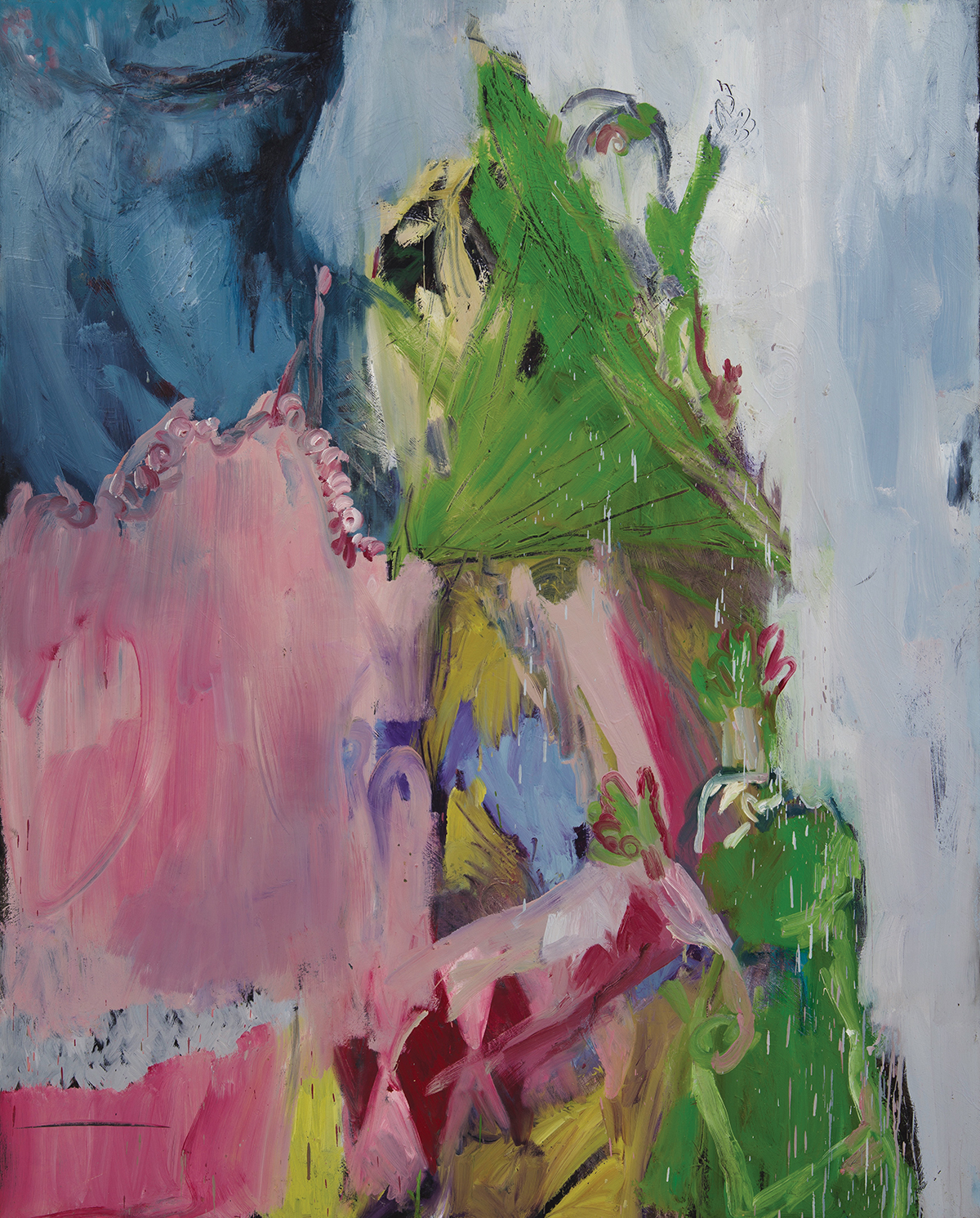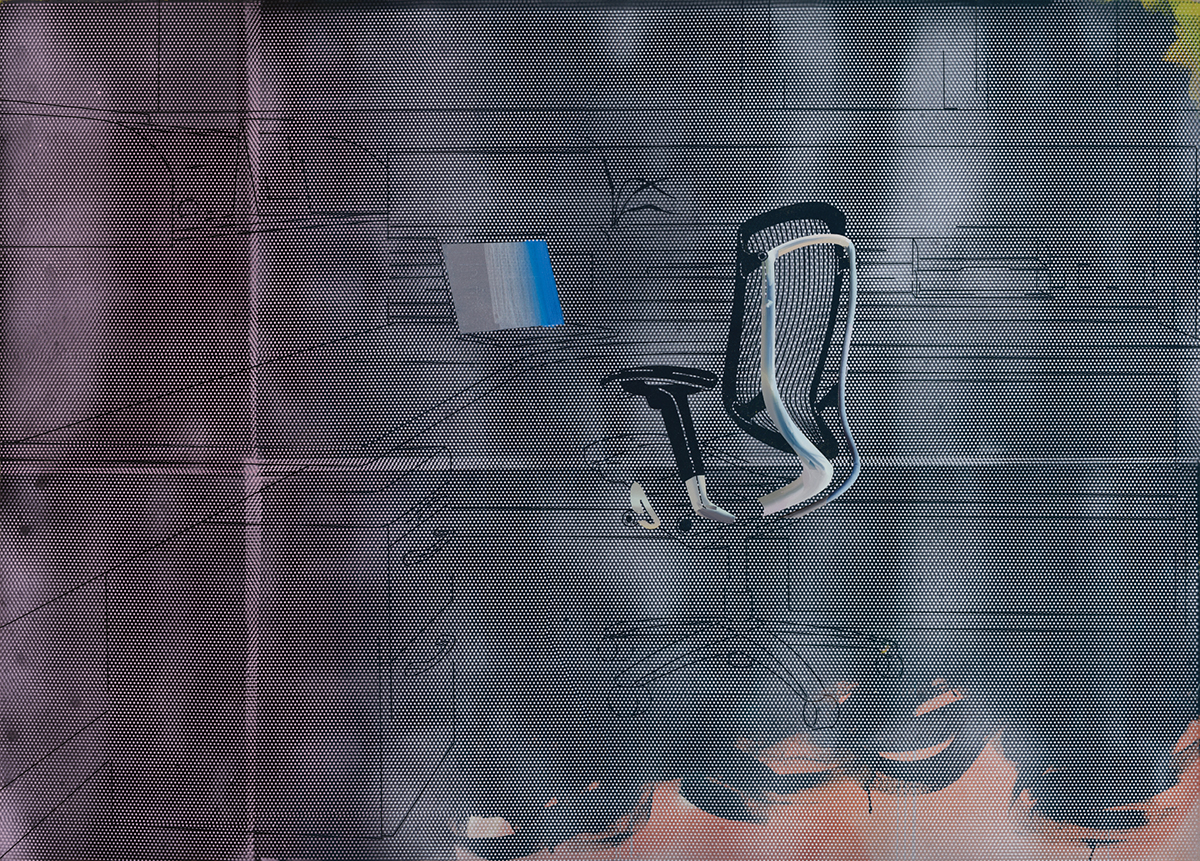Participation Mystique at Ming Contemporary Art Museum; Guo Fengyi at KWM Art Center; and more
Definitely focused on making international connections is the Ming Contemporary Art Museum (McaM) in Shanghai, where Participation Mystique (until 6 September) draws together 14 international artists or collectives including Hong Kong-based Leung Chi Wo and Sara Wong, LA-based Miljohn Ruperto, Paris-based Kader Attia, ArtReview contributor Gary Zhexi Zhang and local boys Birdhead, for an exhibition of works that reference psychoanalytic theories around collective unconsciousness and human ties to projected fantasies. Although another way of looking at all that is as a fancy construction of ‘us and them’ with art figured as a means by which the one can communicate with the other. The title itself derives from Lucien Lévy-Bruhl’s study How Natives Think (1910) and his sometimes controversial categorisation of thought processes in societies into two types: ‘primitive’, or ‘pre-logical’; and ‘civilized’. His suggestion was that the first of these does not differentiate between the supernatural and the natural. It’s that that’s apparently being channelled at McaM, although given the range and quality of the artists being summoned to Shanghai, you can safely expect this show to go some way beyond armchair sociology. So don’t be put off by the media release that compares a visit to this show to ‘the experience of transference between therapist and patient’. Unless, of course, that’s your bag.

Meanwhile, you might want to check out an exhibition by American painter Mark Ryden at Perrotin Shanghai (through 22 August). Anima Animals is presented in collaboration with New York’s Kasmin gallery and features an array of what the title promises in the form of cutesy, sometimes garishly coloured, rose-cheeked, doe-eyed portraits of poodles, stags and various other beasts that, the artist states, explore the space between the physical and the spirit worlds. There’s a degree of humour and self-awareness in there too: Salvator Mundi (#137) (2018) features an aquamarine canine waving and grinning while clutching its astral orb. A new new relic. And naturally Ryden comes to Shanghai with an endorsement by Perrotin stablemate Takashi Murakami, the king of kawaii. Look out too for Perrotin’s newest gallery space, launching at the K11 Atelier Victoria Dockside on the Tsim Sha Tsui harbourfront in Hong Kong.

Also on the move is Shanghai’s Don Gallery, which is temporarily occupying a space in the West Bund Art Center’s Hall D. Its summer show is titled Cloudy (through 31 August) and features works by 11 artists, among them experimental performance collective a.f.art theatreFangling and sculptor Zhang Ruyi, that focus on the changeability of matter and consciousness in contemporary society.

A Little Chance Encounter (through 31 July) is an exhibition of 30 works from the collection of the founders of the Long Museum West Bund in Shanghai. What with lockdowns and everything, most of us might have forgotten what a chance encounter is, or at least view them as something to be avoided at all costs. Divided into three sections, this show aims to get you back in the mood, covering the use of animal motifs and subject matter, the seasons (just four of them this time) and works arranged around the music of Ludwig Wittgenstein. After that you’ll probably realise that things have changed since you last went out.

Back to the space between the physical and spiritual, the KWM Art Center in Beijing is hosting an exhibition of the work of cult Chinese artist Guo Fengyi (through 3 August). While Guo, who died in 2010, has had solo exhibitions at The Drawing Center in New York and works included in the 2010 Gwangju Biennale and the 2013 Venice Biennale, her status in relation to Chinese contemporary art has always been somewhat liminal. She never trained as an artist and worked in various factories until being forced to retire due to ill health in her early forties before making any art. At the time of the 1989 China/Avant Garde exhibition at the National Art Museum of China (around which many locate the explosion of contemporary art into Chinese national consciousness), Guo began to practice qigong, from which her artmaking derived. Her work, often made with ink on scrolls of rice paper (sometimes several metres in length), draws on the influence of meditation, her own visions (among other things, of hidden subterranean imperial burial chambers) and the principles of traditional Chinese medicine, which has led to reluctance for her work to be included in the broad sweep of Chinese contemporary art. While that is supposed to deal with changing quotidian realities, her work was often deemed a fantastic escape from the real: ‘indigenous’ or ‘outsider’ art; transgressive only inasmuch as it was a throwback to a repressed or redundant past. In a 2007 interview with artist Xu Tan (who began his career as a member of the Guangzhou collective Big Tail Elephant) she said, ‘I’m different from you guys… you people paint after you understood, and yet I understand only after I paint.’ For the artist herself she only ever made contemporary painting and her work certainly fits with art’s current obsession with discovering worlds within worlds and placing humans within a greater terrestrial and cosmic whole.
If you are really looking for the new, you’ll want to check out the X Museum in Beijing, which this May marked its delayed opening (it was originally scheduled for March) with the launch of the first X Museum Triennial, appropriately titled (in more ways than it once might have seemed) How Do We Begin? (through 13 September). Founded by Michael Xufu Huang (formerly of M Woods) and Theresa Tse, the private museum is dedicated to showcasing millennial artists and tapping into youth popular culture, and embracing digitisation and the erosion of discrete disciplinary categorisation. Accordingly, one of the show’s three sections is titled ‘Artists and Architects as Narrators’. On show are works by artists such as Jes Fan, Guan Xiao, Cui Jie and Miao Ying, and the museum has paid as much attention to the exhibition’s virtual as to its physical presence. Perhaps its only nod to the traditional is an X Museum Triennial Award, judged by a panel including the Samdani Foundation’s Diana Campbell Betancourt, MoMA PS1 director Kate Fowle, the Serpentine Galleries’ Hans Ulrich Obrist and CAFA Art Museum’s Zhang Zikang.